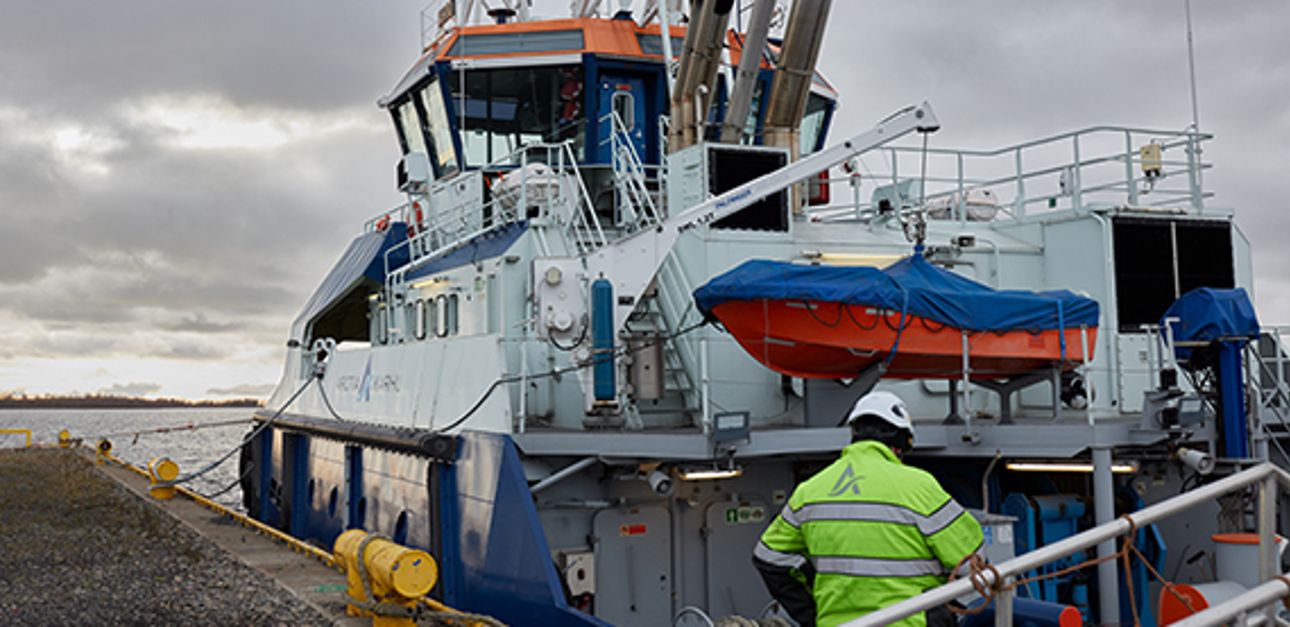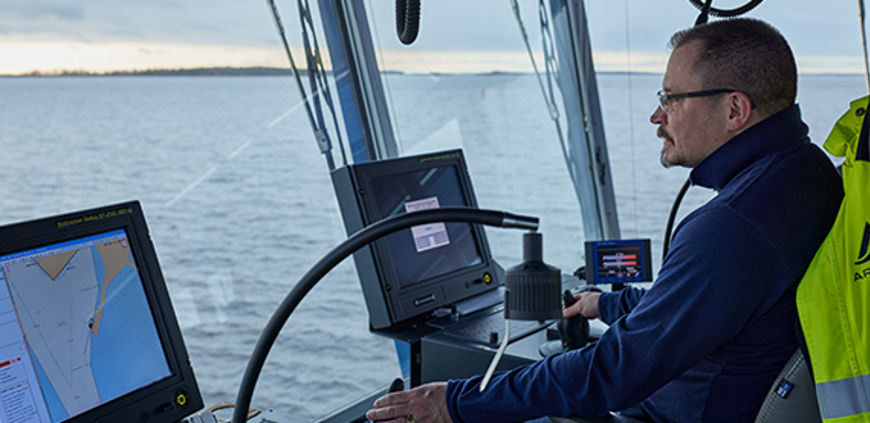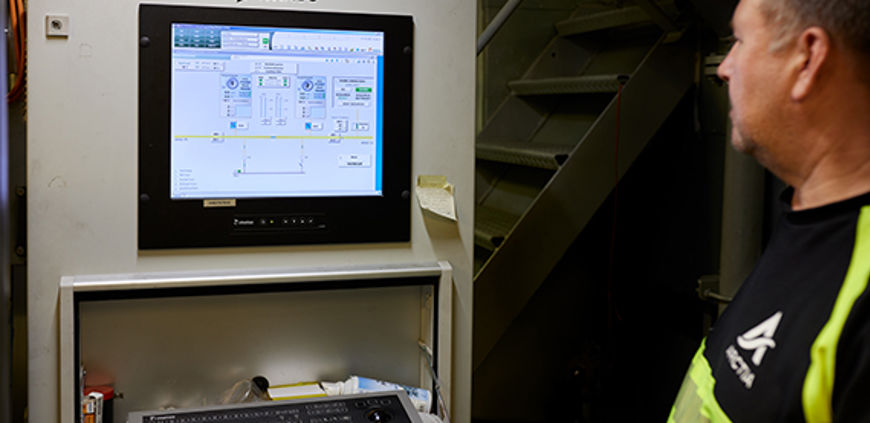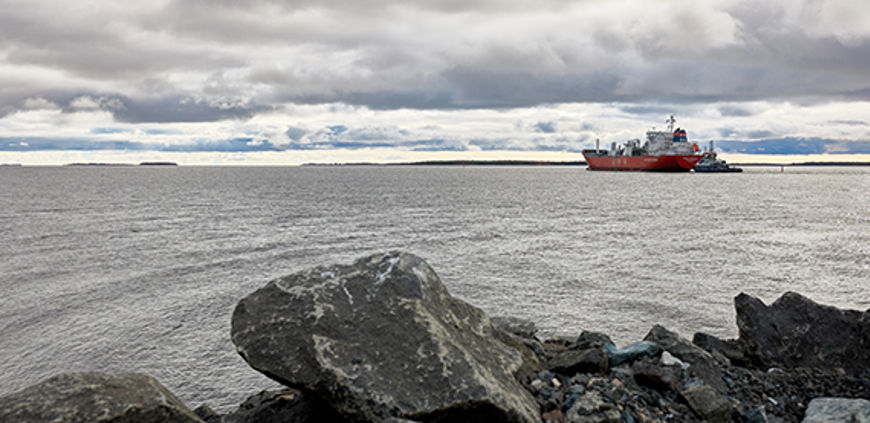Ahto - the Finnish tug escorting LNG vessels with professionalism
Jan 4, 2022
Arctia Karhu has several harbour icebreakers in the Finnish coastal waters. One of them is the harbor icebreaker Ahto. It is involved in supporting icy navigation and working as a tugboat to help LNG vessels get safely to the port. The operating process in the vessel is controlled using the Valmet DNA automation system.

On a dark October night, an LNG vessel is supposed to arrive at the Röyttä terminal in Tornio, Finland. In windy conditions, there’s a longer wait until the wind speed is low enough to get the LNG vessel into the port without any problems. Two tugs secure the entry. One of them is Ahto. The final decision on when to continue the journey to the harbor is always made by the pilot.
Tug needed regularly
Captain Antti Rajaniemi states: “During the winter season, our work focuses on ice breaking in the harbor. Sometimes, a request to help a vessel might come at an hour’s notice. We have to be ready, regardless of how the conditions are at sea. Our operations require a reliable automation system.”

He is the commander of the Ahto tug, which is a 40-meter-long vessel designed for demanding icebreaking in the Baltic Sea. Since 2017, LNG tankers visit the Manga LNG terminal in Tornio regularly throughout the entire year. In these cases, Ahto is also involved. The tanker stays at the port to discharge the LNG for about 14-16 hours and then is finally escorted back to the sea by the tugs. The changing energy market and growing LNG demand are concretely visible to Ahto, as Tornio is the most important import terminal in Northern Finland.
“Since LNG is becoming increasingly more important to decarbonize the energy sector, we are more often needed in the supply chain to secure transport into the harbor. Our fleet’s icebreaking features help us survive the harsh conditions,” Antti states.
Targeting high availability
Sauli Teräsmö, Chief Engineer, has used the Valmet DNA automation system for three years. He explains that he is satisfied with the system and that it has never failed. “This is my main tool. There are several tasks to do during the journeys. First of all, I have to turn the machinery off and on. I am able to follow the status of the tanks and the fuel consumption.”

Sauli mainly operates from the bridge, but another display station is located down in the engine room. From there, he is able to monitor the situation, too. The automation system keyboard is very robust and suitable for the vibrating conditions at sea. “That comes in very handy,” Sauli says.
The displays and icons can be clearly interpreted and understood. To enable language variations, the texts can be changed from English to Finnish, if needed. Sauli prefers the English terms, because they are commonly used in maritime.
Safety comes first
Arctia’s objective is to provide safe, high-quality and environmentally friendly operations. Valmet has the same goal in emphasizing safe conditions. The user-friendly engineering in Valmet DNA automation improves operator safety considerably. For instance, alarms are stored and can be later analyzed to prevent similar root causes. To keep all staff informed, the alarms are visible even from displays in the cabins of the captain and operator.

To enhance the operational reliability, Valmet’s customer service plays an essential role. In Tornio, the nearest customer services are close to the harbor. As the tug has to be reachable within an hour, the same applies to those responsible from Valmet.
For more information:
Heikki Tanner, heikki.tanner (at) valmet.com